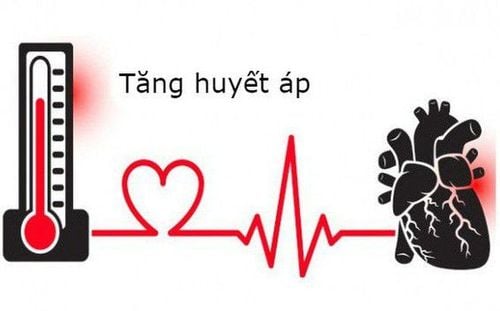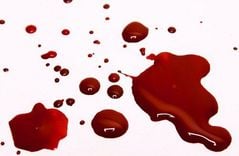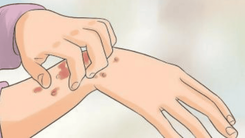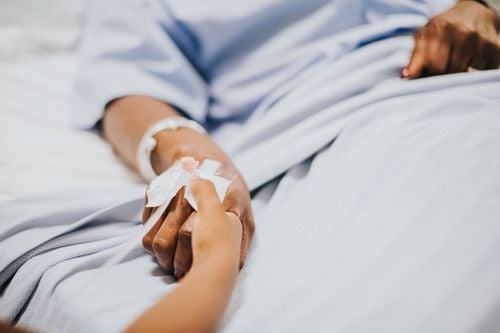Trypophobia is a phobia that affects about 15% of the global population. It is the fear of seeing clusters of small, round holes close together, such as in lotus seed pods or strawberries. This condition causes discomfort for those who suffer from it.
Trypophobia has not yet been officially recognized as a psychological disorder. Research on trypophobia is still limited.
1.Symptoms of Trypophobia
It is essential to pay attention to the symptoms of trypophobia to help those affected receive appropriate treatment.
Some symptoms that may occur when experiencing trypophobia include:
- Fear, goosebumps, or discomfort when looking at objects with a holey appearance, such as beehives, honeycomb-patterned items, or holes in trees.
- Nausea or vomiting
- Dizziness or headaches
- Rapid heartbeat, cold sweats
- In some cases, heart attacks, fainting, dizziness, or even strokes when seeing clusters of holes
- Elevated blood pressure
However, not everyone with trypophobia experiences all of these symptoms. Many people may self-suggest fear or feel anxious when seeing others react to it. These reactions are not necessarily indicative of true trypophobia.

2.Causes of Trypophobia
Researchers have proposed several theories regarding the causes of trypophobia. Some studies suggest that trypophobia is a strong reaction of the brain to protect you from danger. Some animals with toxic properties, such as cobras, snakehead fish, or poison dart frogs, have skin patterns resembling holes. These patterns might trigger fear in people with trypophobia.
Deadly diseases such as measles and smallpox cause skin rashes with round patterns, and trypophobia might be a bodily reaction to avoid such illnesses.
It’s also possible that images of holes trigger fear in us due to sensitivity to the interplay of light and shadow within the images. Researchers believe that these hole-like structures possess a visual energy that can provoke uncomfortable reactions.
Another theory posits that fear stems from anxiety. The patterns of holes might resemble clusters of eyes or faces staring at you, which could be distressing for individuals who are anxious about their social relationships.
Experts suggest that trypophobia is a result of human evolutionary processes and is an inherent condition. The brain has developed a system that alerts you to potential dangers, leading to the biological formation of this response.
However, an alternative hypothesis links trypophobia to brain activity. According to this theory, the brain becomes overloaded, with the visual processing center becoming overactive when exposed to holey images. This results in an increased supply of oxygen to the brain. If the body cannot supply enough oxygen, symptoms like headaches, dizziness, and rapid heartbeat can occur.
Other studies indicate that the brain is overwhelmed in individuals with trypophobia because the visual information processing area is not functioning efficiently due to the discomfort caused by hole patterns.
The brain requires more oxygen to process these images, but in some cases, this overload leads to symptoms such as dizziness or nausea, urging the individual to stop looking at the holes.
3. Diagnosing Trypophobia
Despite numerous studies, diagnosing trypophobia remains difficult. Diagnosis can only be made by observing symptoms and performing clinical tests, as there are no specific standards for diagnosing this condition.
A group of researchers has developed a list of 17 questions related to trypophobia. The list requires individuals to rate their anxiety or fear when they see images of holes, on a scale from 1 to 5.
You can also take some online self-tests for trypophobia, but be aware that these tests might include disturbing images, even for those who do not have trypophobia.

4. Methods to Manage Trypophobia
You will inevitably encounter images of holes in daily life, but there are several ways to treat the phobia. The most effective treatment method is exposure therapy. This psychological therapy focuses on changing the patient’s response to the object or situation causing fear.
Other treatment options that can help manage the phobia include:
- Leading a healthy lifestyle: Regular exercise, eating healthy foods, sleeping well, and avoiding caffeine and stimulants
- Psychological therapy: Consulting a psychologist is recommended for people with this condition
- Medications: Some medications such as beta-blockers or sedatives may be useful
- Relaxation techniques: Practices such as yoga or deep breathing exercises can help reduce fear
Please dial HOTLINE for more information or register for an appointment HERE. Download MyVinmec app to make appointments faster and to manage your bookings easily.
Sources: healthline.com, webmd.com







